1. Talking Machines
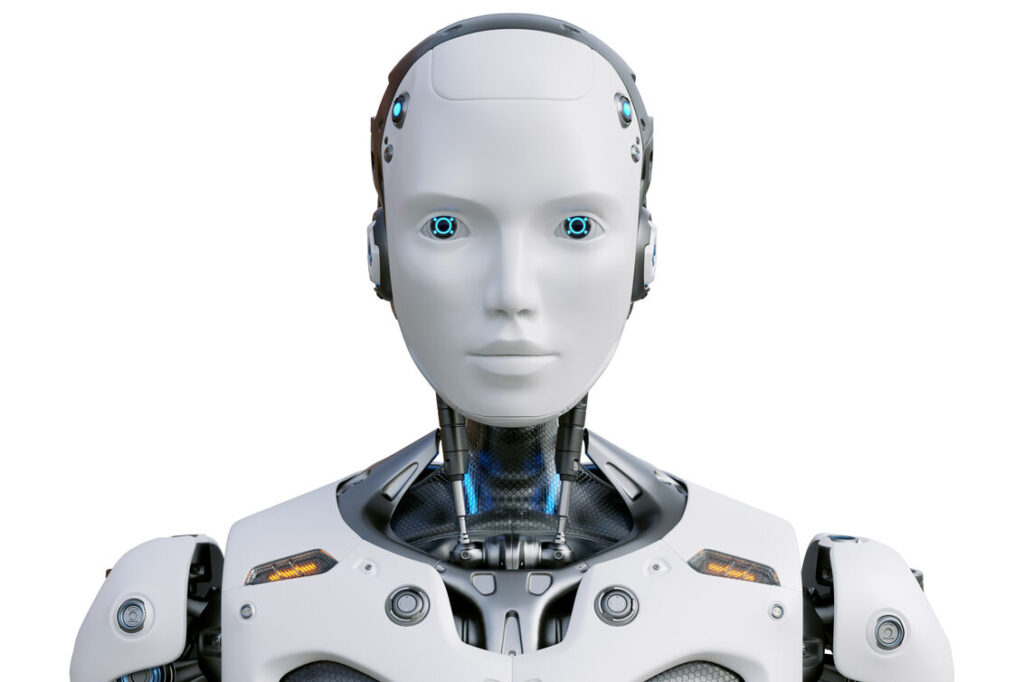
It is funny how the future often arrives quietly, almost like it is slipping into our routines without announcing itself. People once imagined talking machines as giant robots with glowing lights, but what we got feels softer and far more familiar. Instead of towering figures, we ended up with small voices living in our pockets and speakers. They answer questions, set reminders and keep us moving through busy days. The prediction came true in spirit, just with less drama and more warmth. It reminds you how the world changes in small steps that feel strangely natural.
2. The Video Phone

Early futurists pictured video phones as huge living room screens where families gathered for formal scheduled calls. Reality showed up in a more relaxed way through apps we tap without planning. Now people chat face to face while walking to work or eating lunch. It is almost funny how casual it feels compared to the original vision. The prediction landed softly because the world wanted convenience more than spectacle. What was once a big futuristic dream eventually became a simple tool that blends into everyday life, proving the future often prefers comfort over showiness.
3. Smart Homes
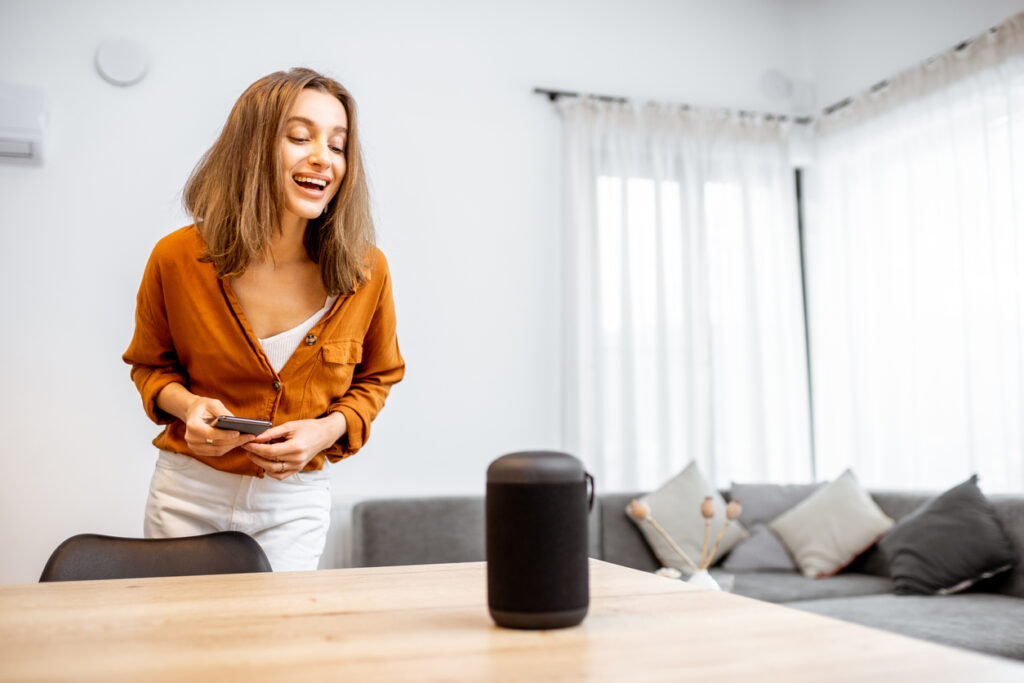
People imagined smart homes as places filled with robotic assistants marching around performing every task. What actually arrived feels gentler and more realistic. Today’s smart homes rely on sensors, small devices and quiet helpful routines that adjust lights, play music and keep spaces comfortable. It is less about machines taking over and more about easing tiny stress points in daily life. The prediction came true, just not with dramatic flair. Instead of metallic helpers, we ended up with simple systems woven into our habits, making home feel a bit more peaceful and a little easier to manage.
4. Self Driving Ideas

Self driving predictions once painted pictures of fully autonomous pods gliding smoothly through futuristic roads. What we got instead are features that help but do not completely take over. Lane assist, parking aids and adaptive cruise control arrived first and settled into everyday driving without feeling strange. It became more of a partnership between humans and technology than a full handoff. The prediction did not fail, it just grew in smaller steps. Each improvement feels like a quiet upgrade rather than a grand leap, showing that the future sometimes prefers slow progress instead of instant transformation.
5. The Paperless Office

For years, futurists described offices with absolutely no paper anywhere. They imagined rooms filled with glowing screens and perfect digital systems. What unfolded feels more balanced. Many tasks moved online with cloud storage, digital signatures and shared documents, yet paper still sits on desks and meeting tables. The prediction partially came true, just not in an all or nothing way. People kept the parts that felt comfortable and replaced the rest with simpler digital tools. The shift turned out practical, showing that the future often mixes old habits with new ideas instead of wiping everything clean.
6. Wearable Tech
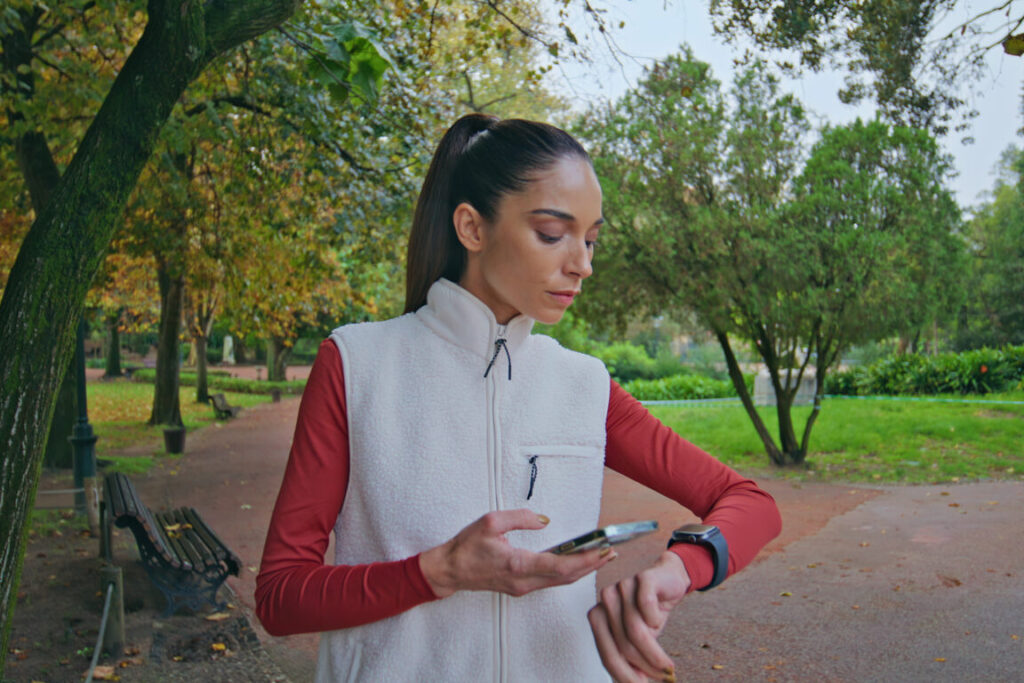
Older predictions suggested wearable technology would look like shiny suits covered in blinking lights. Reality offered something much more subtle with wristbands that count steps and watches that track heartbeats. These devices blend into daily outfits without feeling futuristic at all. The idea came true, only with calmer designs and a stronger focus on health. Instead of dressing like characters from science fiction, people slipped on small tools that help them stay aware of their bodies. It shows how the future often grows into something simple because simplicity fits naturally into everyday life.
7. Personalized Ads
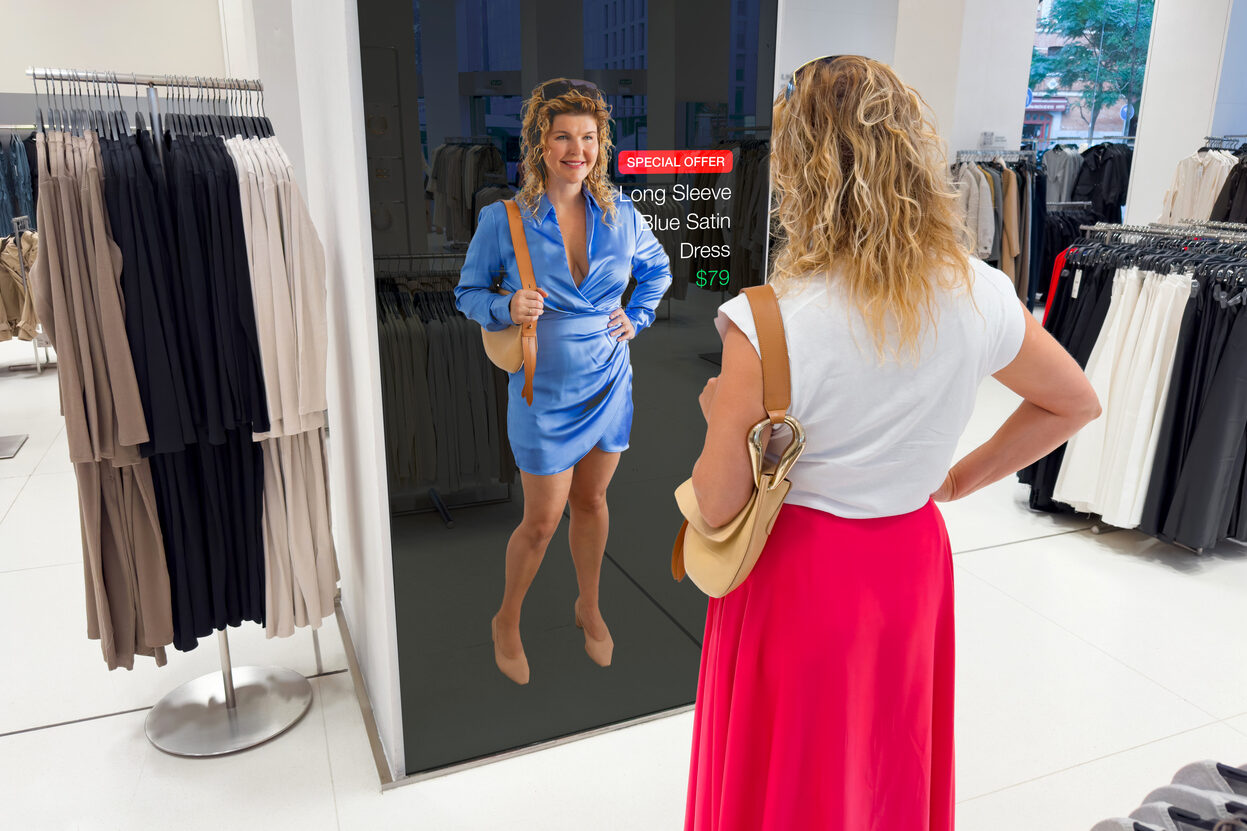
People once imagined advertisements calling out to them on city streets with glowing screens reacting to their presence. What happened is much quieter. Personalized ads live inside phones, browsers and apps, showing suggestions based on clicks and searches instead of public displays. The prediction was right that ads would become tailored, just not loud or dramatic. The personalization feels almost invisible because it happens during private scrolling, not in crowded spaces. It reflects how modern technology aims for convenience more than spectacle, weaving into routines without disrupting them or drawing too much attention.
8. Online Learning

Futurists believed online learning would involve holograms, headsets and futuristic classrooms that replaced traditional schooling. What appeared feels more ordinary in the best way possible. Students now watch lessons, join discussions and complete tasks through simple platforms that fit into busy schedules. The idea of learning from anywhere came true, though it arrived through calm videos and practical digital tools instead of flashy effects. It shows how progress often chooses usefulness over extravagance. People embraced online learning because it was convenient, accessible and adaptable, proving the future sometimes looks like everyday life becoming easier.
9. Instant Answers
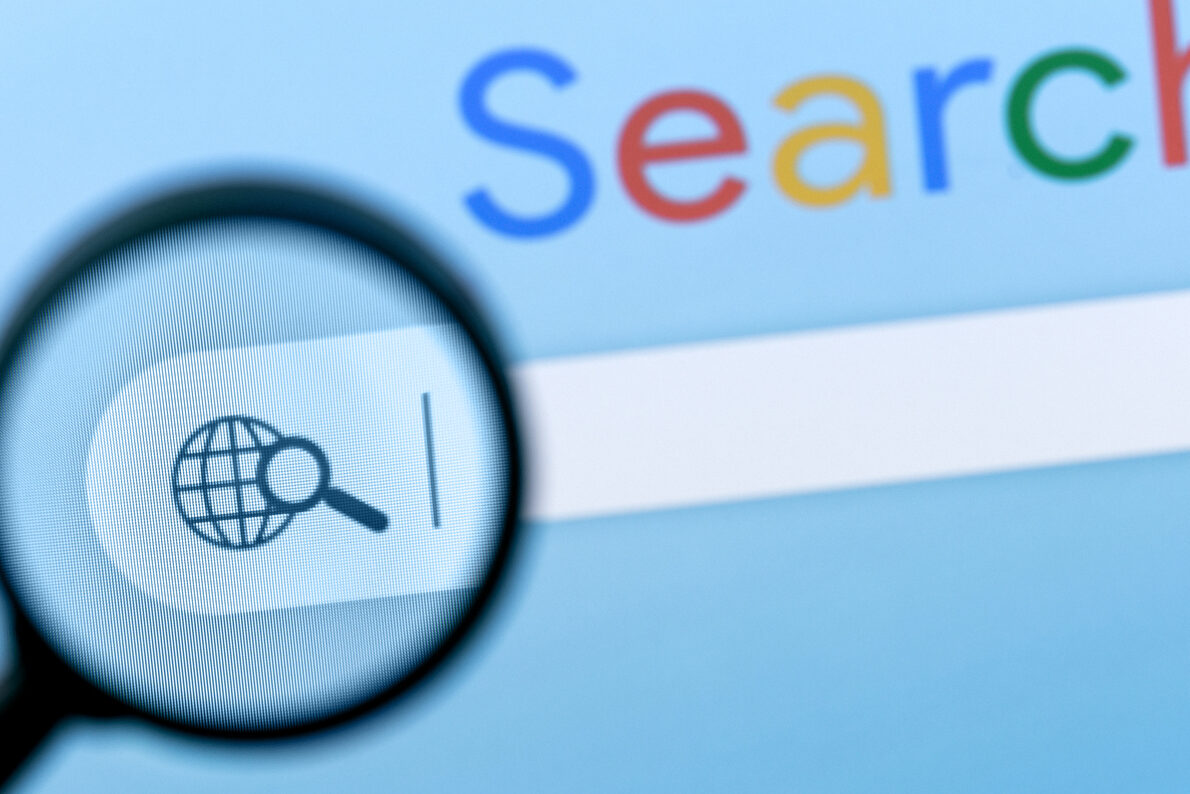
Early predictions imagined giant knowledge networks where people asked questions and received immediate facts. The idea sounded big and almost overwhelming. What actually arrived sits comfortably in our hands through search engines that share snippets, guides and quick explanations. The vision was accurate, only it manifested through quieter tools that feel friendly instead of imposing. Instant answers became part of daily life whether someone is cooking, traveling or settling a small debate. The future turned out practical instead of intimidating, gently proving that information works best when it feels natural and easy to reach.
10. Space Tourism
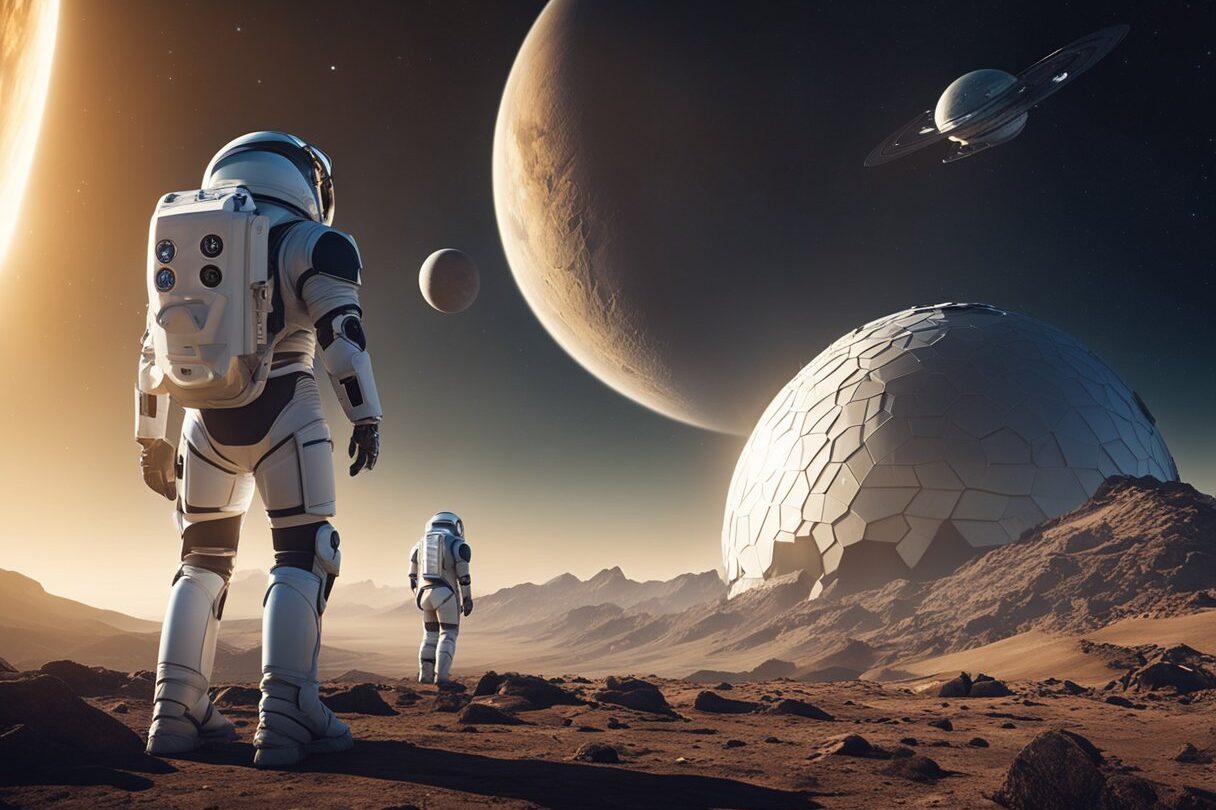
For decades, people imagined families taking vacations in space with floating hotels and long stays above Earth. Reality took a smaller route. A handful of travelers now take short flights that offer a brief view of our planet before returning home. The prediction did not fail, it simply arrived in manageable pieces instead of complete experiences. These moments still feel incredible even if they last only minutes. The future often unfolds in steps, giving people glimpses before giving them the full picture. Space tourism exists, just in a gentler and more exclusive form than once imagined.
11. Smart Fridges
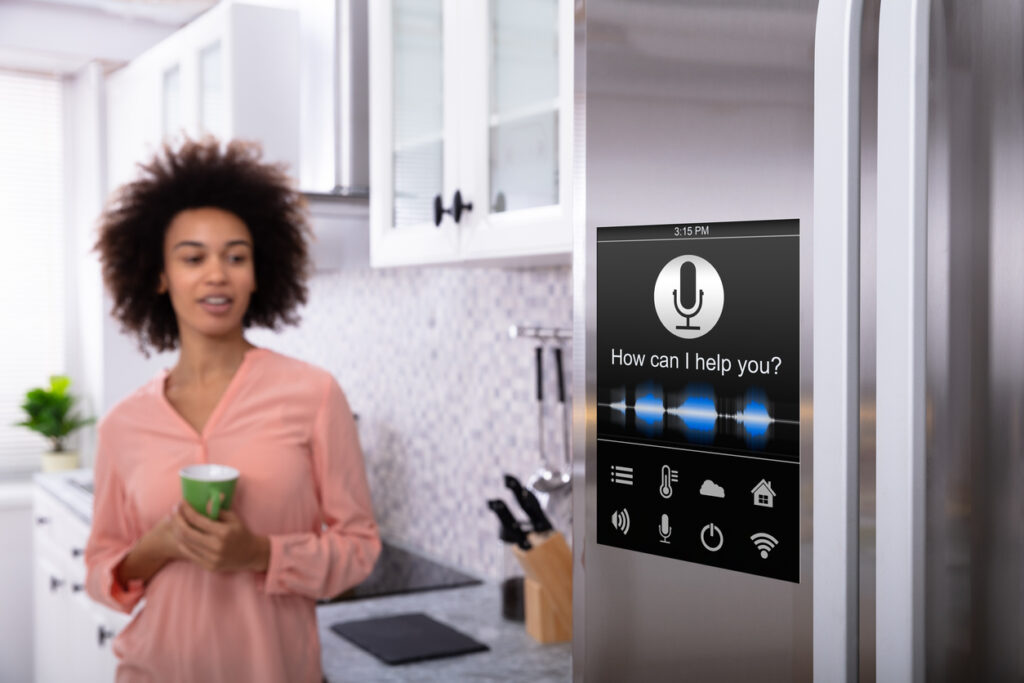
Futurists once imagined refrigerators that planned meals, ordered groceries automatically and made major kitchen decisions. What we have now is much simpler yet still helpful. Smart fridges send alerts, monitor temperatures and keep track of basic items. They support rather than control. The prediction came true in a toned down form that fits real households better. Instead of running the kitchen, these appliances help families stay organized without demanding attention. It is a reminder that the future often chooses practicality, offering small improvements that blend into routines while still making life easier in meaningful ways.
12. Digital Money

Predictions about digital money once suggested futuristic credits and dramatic new systems. Instead, everyday transactions quietly shifted into apps, taps and online transfers. People now pay for groceries, services and bills without thinking twice about it. The change happened slowly enough that it barely felt like a revolution. The prediction was accurate, it just became normal faster than expected. Digital money blended into daily habits until it felt like the natural way to move value around. It shows how some of the biggest changes arrive calmly, becoming ordinary before anyone labels them as futuristic.
13. Artificial Creativity
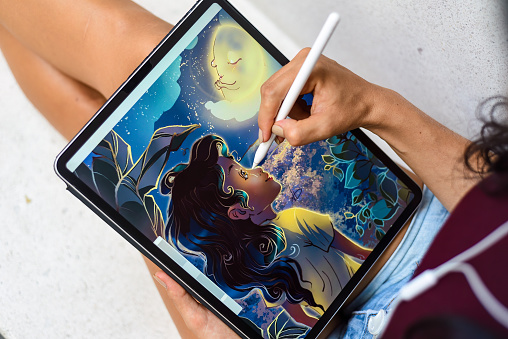
People used to imagine machines creating art in stiff, mechanical ways with little emotional value. What happened is far more collaborative. Technology now suggests melodies, shapes words and offers ideas that artists expand with their own understanding. The prediction did not unfold with machines replacing creativity. Instead, tools appeared that support human imagination. Artists still lead the process while technology widens possibilities. This gentler outcome feels more human because it blends intuition with assistance. The future brought creativity and technology together in a way that feels balanced, proving predictions sometimes mature into partnership instead of competition.
14. Robot Helpers
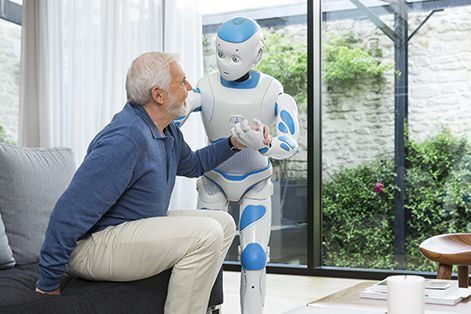
Futurists once expected humanoid robots walking through homes performing every chore. What arrived looks simpler but still impressive. Small cleaning robots glide across floors, picking up dust without needing supervision. They do one job well instead of doing everything. The prediction became real, only in a smaller and more practical package. These helpers fit seamlessly into homes because they do not require adjustment or training. They quietly do their work while people handle the rest. It is another example of how the future prefers usefulness over spectacle, giving us humble tools that make daily life easier.
15. Global Connection
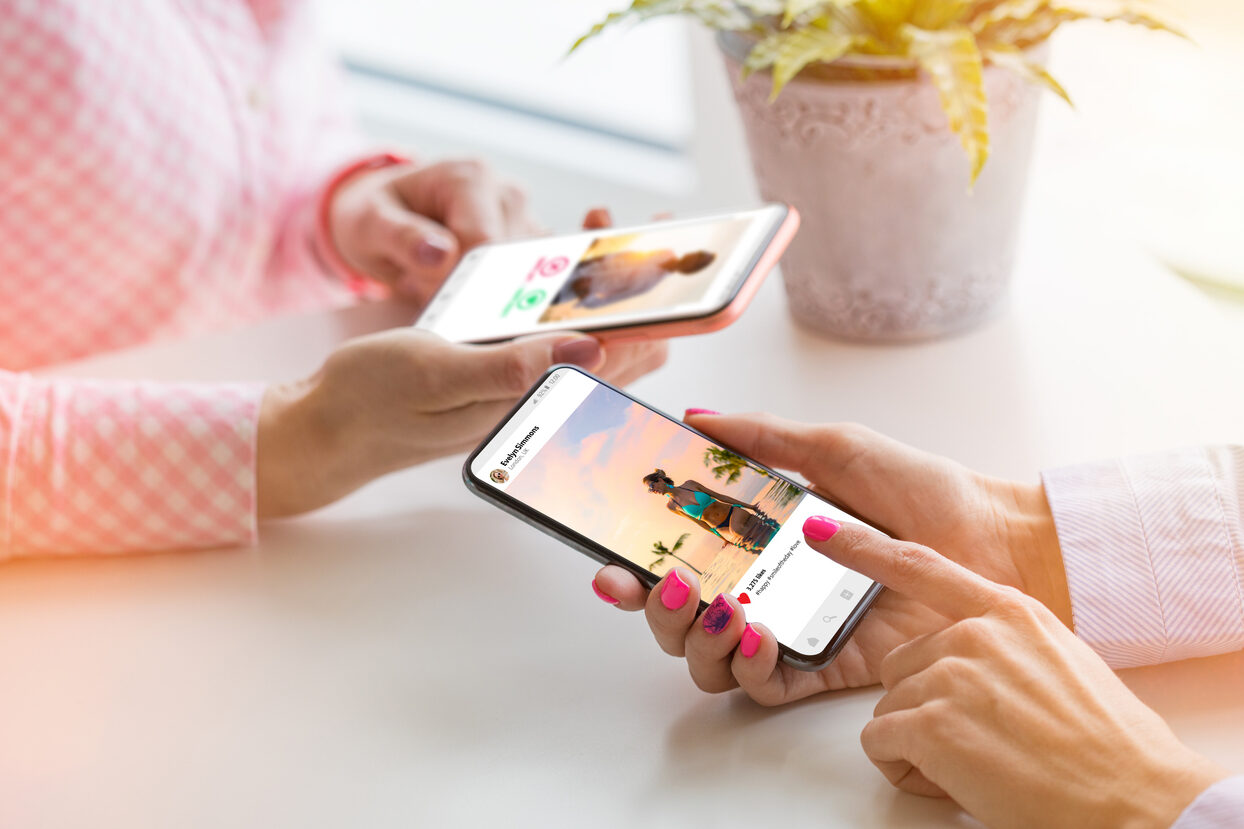
The idea of instant global communication once sounded formal and structured, like scheduled exchanges between distant communities. What we got feels lighter and more personal. People now share photos, thoughts, jokes and support across continents without planning. The prediction was right about connection, just not the tone. Instead of official interactions, the world embraced everyday moments that travel instantly. The future found a friendly rhythm, letting people bond through simple posts and messages. It shows that predictions often capture the idea but miss the warmth that real life brings when technology settles into human hands.
16. Digital Maps
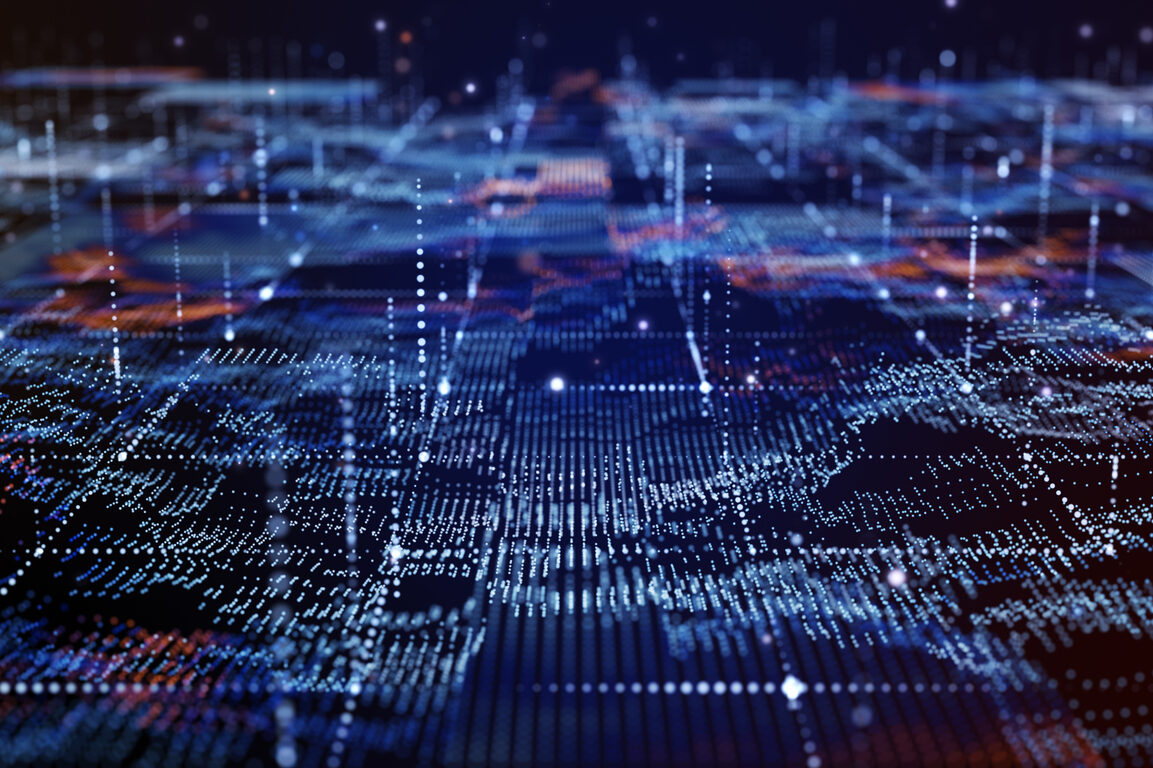
Futurists used to imagine enormous interactive maps inside control rooms guiding travelers in high tech environments. What we have now fits inside pockets and speaks calmly during drives. Digital maps arrived in a practical form that helps with daily errands, trips and unfamiliar streets. The prediction was correct about navigation becoming smarter, it just became more personal than dramatic. Instead of wall sized screens, the world embraced simple tools that feel familiar and supportive. The future turned into something people rely on without thinking, proving again that big ideas often shrink into friendlier versions.
17. Streaming Life
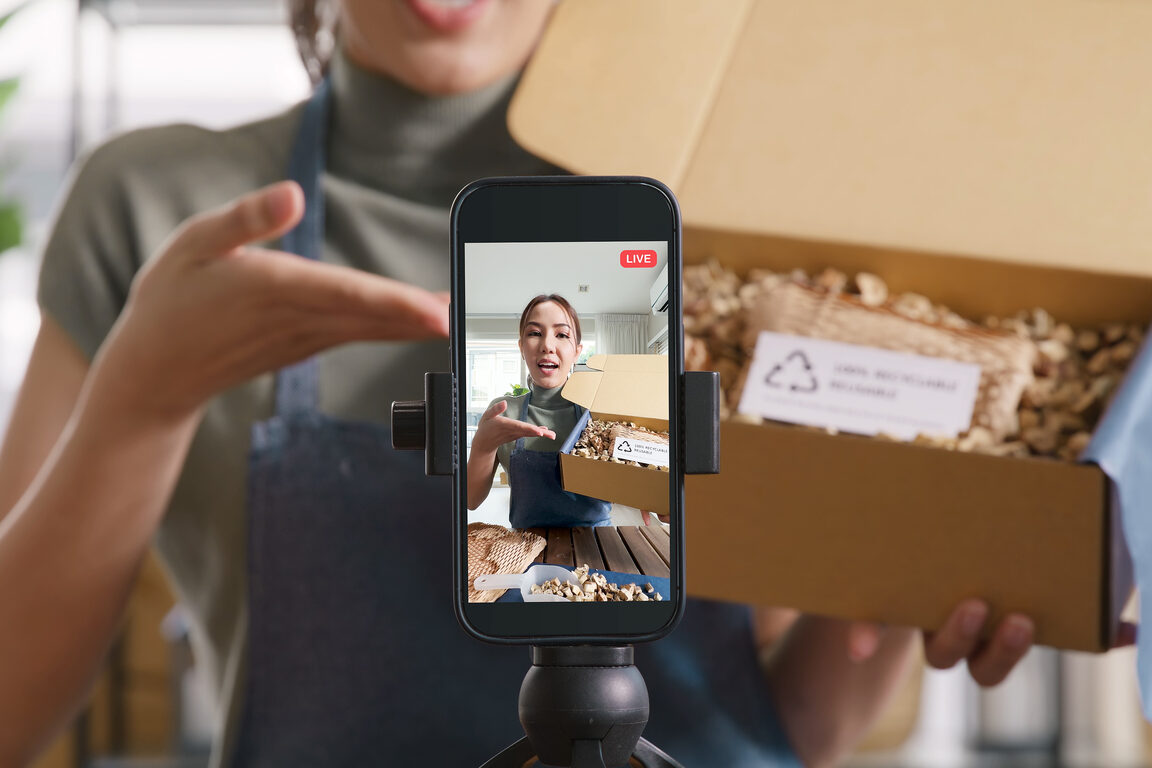
The idea of on demand entertainment once centered around a single massive system controlling all movies and music. Reality offered scattered platforms where people choose what fits their mood. Streaming became flexible, personal and shaped by individual tastes rather than one giant hub. The prediction happened, only not in the structured way expected. Instead of one unified library, we got many small doors that open into different stories. It reflects how people enjoy variety more than strict systems. The future settled into a comfortable space where choice and convenience guide the experience.
18. Everyday AI
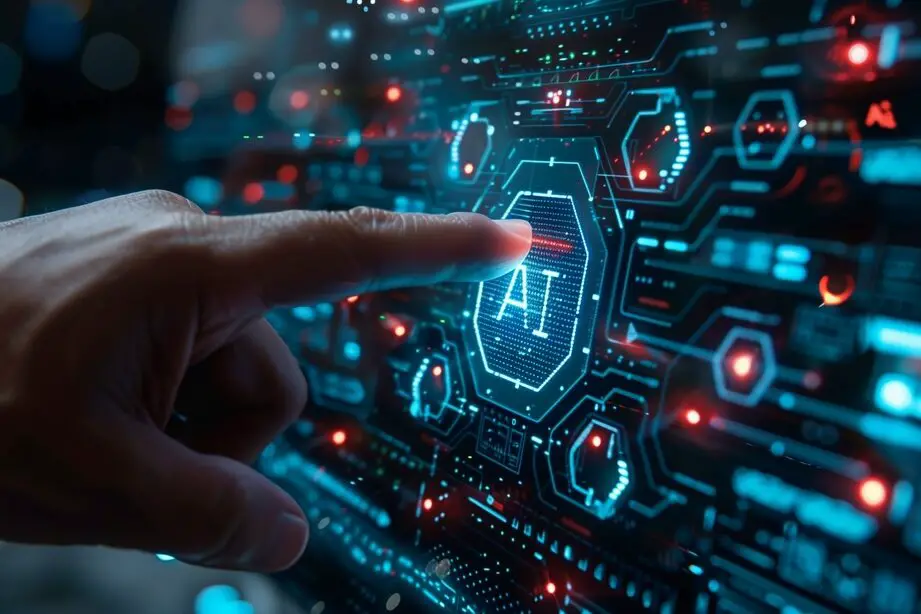
People once thought artificial intelligence would appear as a powerful mind making sweeping decisions. What we received feels quieter and woven into small tasks. AI sorts photos, offers suggestions, highlights patterns and supports simple routines. The prediction came true in a softer way that blends into daily moments. Instead of dramatic displays, intelligence arrived through small conveniences that gradually shape how people move through the world. It makes you realize the future rarely arrives loudly. It settles in, finds comfort in familiar spaces and becomes part of ordinary life. And maybe that is exactly how it was meant to unfold.
This story 18 Futurist Predictions That Came True, Just Not Like They Said was first published on Daily FETCH


